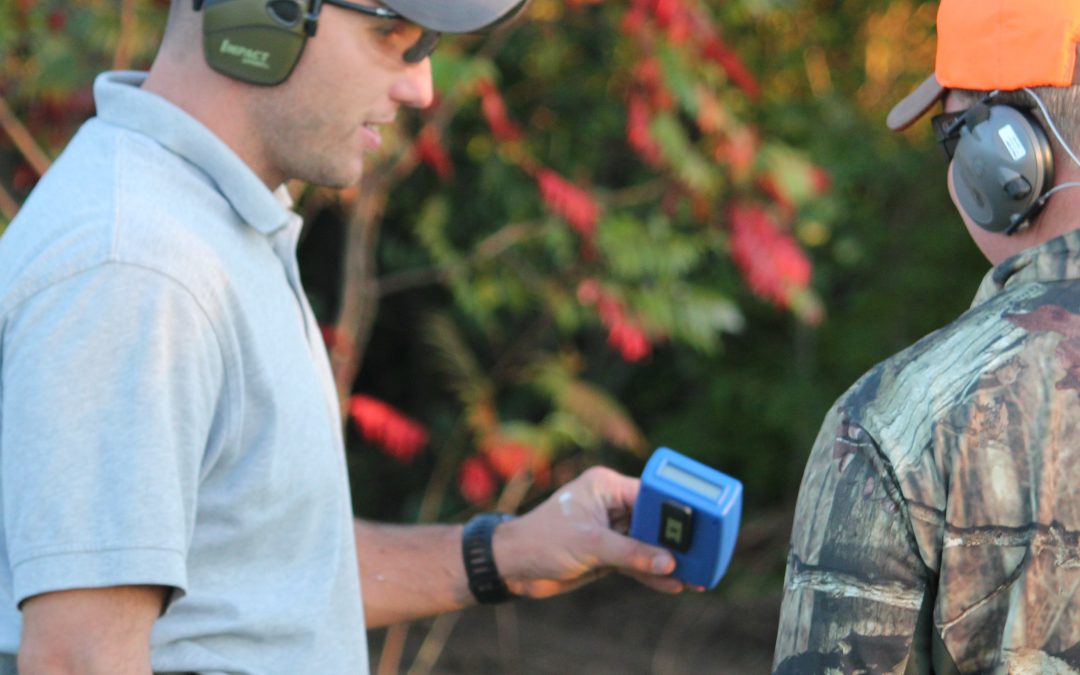There are hundreds of gadgets and gizmos out there that are supposed to help you shoot faster and more accurately, but there is one training aid that I think every shooter should have; a shot timer. Accuracy is pretty easy to measure. You can clearly see and could actually measure your shot groups on the target. Speed is a different story though, and a very important one. There is an irrefutable trade-off between speed and accuracy: if you want to shoot faster, you will be less accurate; if you want to shoot more accurately, you will be slower. In a gunfight, fractions of second count. So which is more important? It depends. I’m going to keep this short for now and just say that you want to get rounds in the torso of your target as fast as you can.
This is where the shot timer becomes indispensable. It doesn’t make any difference in the world what drills you are doing or what training program you follow, if you can’t measure your speed, there’s no way to tell if you are getting faster. I use the Competition Electronics Pocket Pro II Timer for almost all of my live-fire and dry-fire practice.
During my live-fire training, I set the timer to start at a random time between 1 and 4 seconds after I press the button. On the “beep” I start my course of fire. The timer will give you the time for the whole string of fire, time to the first shot and the splits between the shots. I haven’t gotten into competition shooting yet, so I’m primarily concerned with my time to first shot and the overall time for the drill.
I also use the timer during most of my dry-fire practice. It isn’t sensitive enough to pick up the “snap” of dry-firing so along with setting it to start at a random time, I set what is called a “par” time. The par time is the length of time that elapses between the first “beep” and a second “beep.” For a simple example of how this would work, let’s say that you’re trying to get your first shot from a concealed holster down to under 1.5 seconds. You would set a random start time and then the par time to 1.5 seconds. After the initial beep, there will be a second one after 1.5 seconds. You would work on your drawing and dry-fire until you could get your shot off before the second beep. This timer allows you to adjust the par time to the tenth of a second, so after you get 1.5 seconds consistently, you can bump it down to 1.4 seconds.
The timer also adds a little bit of stress. If you are as competitive as me, you’ll be excited with anticipation waiting for the beep so you try and beat your old times. I’m a big fan of adding stress to training because in a real gunfight there’s going to be plenty of it to go around.
If you’re going to have one training aid in your range bag, I think it should be a shot timer.
Have fun on the range. Be safe and keep training.



Recent Comments